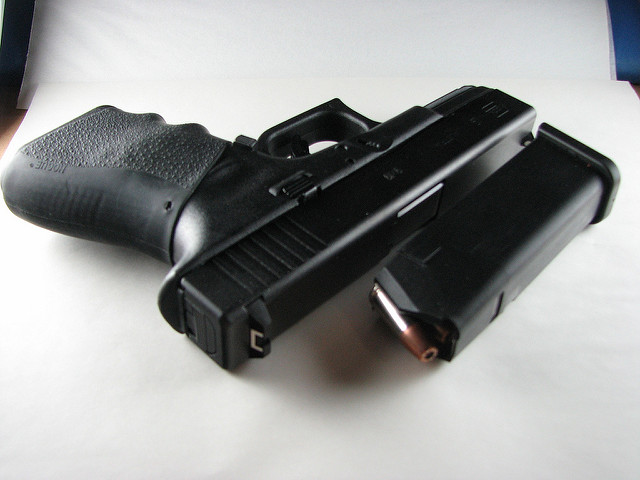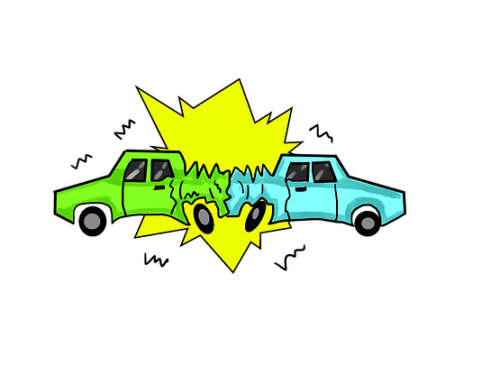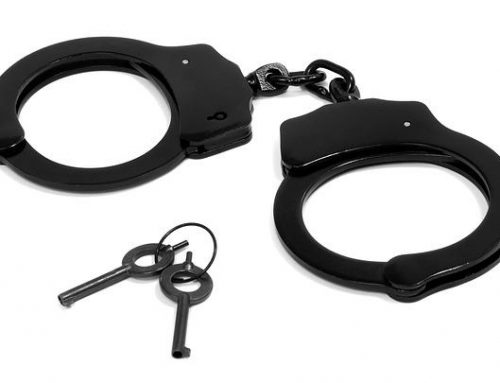On Friday, July 22, at around 8 o’clock, a person was robbed while using an ATM machine. According to reports, the incident occurred when two suspects walked up to the victim, pulled out a gun, and pointed it at their head. They then demanded that the victim lie down on the ground. After that, the suspects stole an undisclosed amount of money and fled on foot.
Robbery is covered under California Penal Code 211 PC and is described as the felonious taking of personal property in the possession of another, from their person or immediate presence, and against their will, by use of force or fear.
Robbery is divided into two parts: first-degree robbery and second-degree robbery. First-degree robbery is usually charged if any of the following is true:
The victim is a driver of transportation for hire (bus, train, cable car, etc.), the crime happens in an inhabited house, trailer, or boat, or, the robbery takes place during or immediately after the victim uses an ATM. The potential penalties include felony probation, 3 to 6 years in California state prison, and/or a fine of up to $10,000.
Second-degree robbery is usually charged in any other robbery case that does not fit the definition of first-degree robbery. The potential penalties include felony probation, 2 to 5 years in state prison, and/or a fine of up to $10,000.
Both types of robbery are always a felony in California. Since the incident above happened immediately after the victim used an ATM, the suspects would likely face first-degree robbery if they were caught. They may also face a steep sentence enhancement since a gun was used to commit the crime.
Under California’s “10-20-Life Use a Gun and You’re Done” law, defendants face much harsher penalties when they use a gun to commit a crime. Generally, defendants face an additional 10 years in state prison for personally using a gun. 20 years for intentionally firing one during the robbery, and 25 to life if someone suffers great bodily injury or is killed with the firearm during the robbery.








Leave A Comment